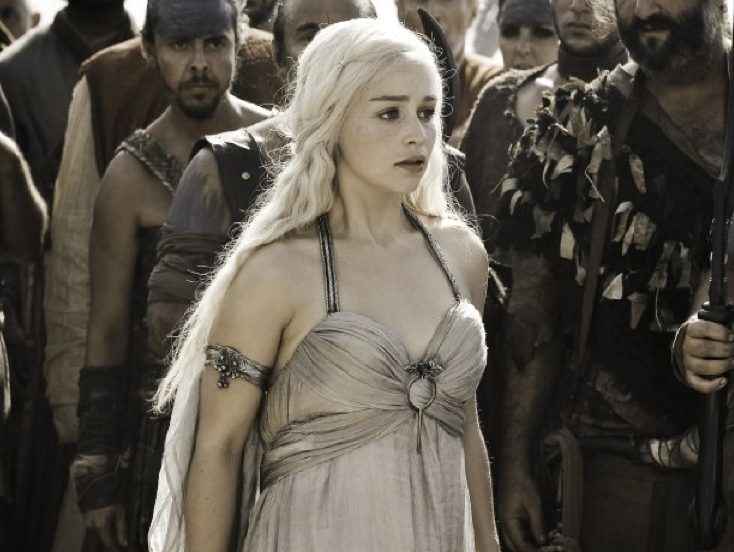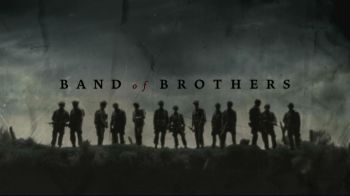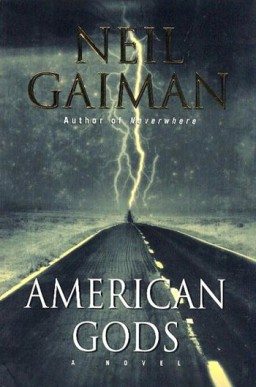From page to small screen
Books are extremely frustrating things. They make you fall so deeply in love with how they are written that any on-screen adaptation often cannot help but fall woefully short of your expectations. Unless, of course, the brave souls attempting said adaptations decide to employ the right medium.
This is where television comes in handy. With so much constantly being written about the various pros and cons of film adaptations, it sometimes feels like TV adaptations do not exist. The number of popular adaptations out there, of course, prove this to be completely untrue; it might be time to remind people why these adaptations are a good idea.
The most obvious benefit of a small-screen adaptation is the amount of details that can be included. Barring making epics like The Lord of the Rings films, which are still the result of extensive editing from the novels, TV adaptations are the best way to ensure all the good stuff gets kept in. Game of Thrones is a great example. With four action-packed seasons already wrapped up, it is now impossible to think of any other way to bring George R. R. Martin’s world to life.
It is not just book series that take advantage of this format. The BBC’s production of Pride and Prejudice is arguably the best adaptation of the novel out there because it was able to spread all the contents of a single book over multiple episodes. Neil Gaiman’s American Gods and J K Rowling’s The Casual Vacancy have been given the go-ahead for TV adaptations, and it is already easy to imagine almost all the salient details being included over the shows’ respective runs instead of having to be cut down to fit limited 130 minute bursts.
Another element that works in favour of TV adaptations is the range of people involved in the process. While films have extensive crews, the end result is dictated almost solely by the director, with tweaks by producers and financial backers sometimes thrown in. With the small screen, it is a more collaborative effort, which makes the stories richer.
To go back to the popular example of Game of Thrones, the input for the entire show comes from the show-runners David Benioff and D. B. Weiss, and George R. R. Martin. However, each episode also benefits from detailed feedback from the writers and directors, who usually differ broadcast to broadcast. Even shows with a smaller circle at the helm, like Sherlock, end up having multiple directors, with its 9 episodes being split between 6 directors.
TV shows also allow flexibility when adapting some of the more difficult sources. Band of Brothers created a complex and moving retelling of the Easy Company during World War II, but it was able to do so because the format lent itself to adding material from outside the source itself. For the simple reason that running time becomes an issue once again, these additions would not have been possible for a film adaptation.
Nor do shows have to worry about instant, box office success as much as film productions, allowing them opportunity to balance artistic intent with commercial viability. Game of Thrones and Band of Brothers would have to significantly tone down their violence – often crucial elements of the narrative – in order to get a BBFC and MPAA rating that would still make them viable projects for profit, a problem faced by adaptations like The Hunger Games.
Finally, let it not be ignored that the usual small scale of such shows means that otherwise-hidden talent often comes to the forefront. Pride and Prejudice gave us Colin Firth and Jennifer Ehle. Jeeves and Wooster gave us Stephen Fry and Hugh Laurie. Sherlock virtually created the entire Benedict Cumberbatch fandom, while Game of Thrones has introduced a plethora of actors to the world.
This is not something that film adaptations can do with similar ease. While younger roles still go to new faces – as do some roles in adaptations backed by the biggest studios, like all of the Marvel Cinematic Universe – the nature of cinema means that big stars are needed to draw in big bucks. Thankfully, TV ratings do not quite work in the same way.
Look no further than how the adaptation for Gaiman’s American Gods is being handled compared to the film adaptation of his comic book series Sandman. The focus for the former, albeit still in its fledgling stages, is on the number of episodes, the writer(s) and the ability of the network to show the grittier stuff. The focus on the latter has solely been on who is slated to play the lead, with details like the script and the possible studio not getting any attention. As a huge fan of Gaiman’s work, I am considerably more excited about American Gods and I hope that reading this piece has shown you why.




Comments